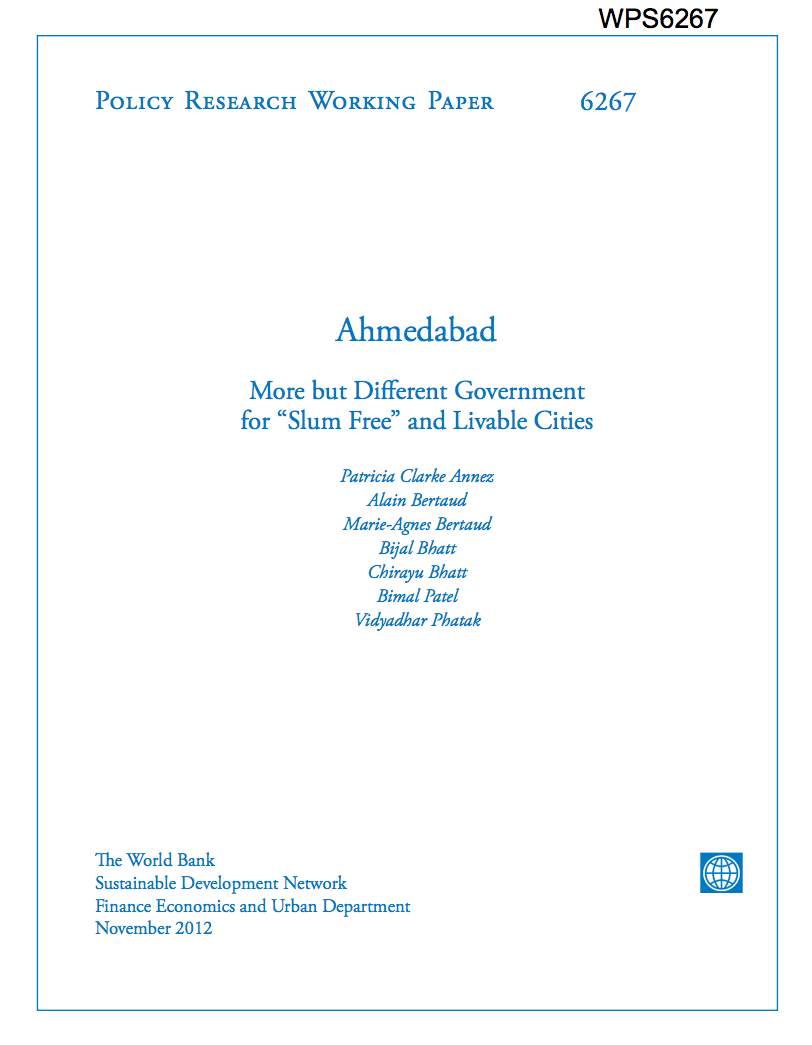The Future of Water in African Cities : Why Waste Water? Urban Access to Water Supply and Sanitation in Sub-Saharan Africa, Background Report
The main purpose of this paper is to
explain the patterns of access to water supply and
sanitation facilities in urban areas in Sub-Saharan Africa
since the late 90's, and its relation with the
performance of service providers in the case of improved
water supply. It also seeks to explore the institutional
context of the water supply and sanitation sectors. The
paper concludes that services providers in Sub-Saharan


